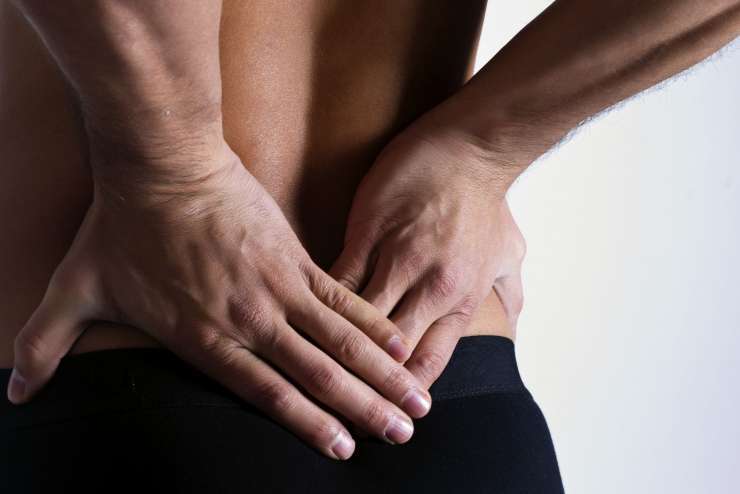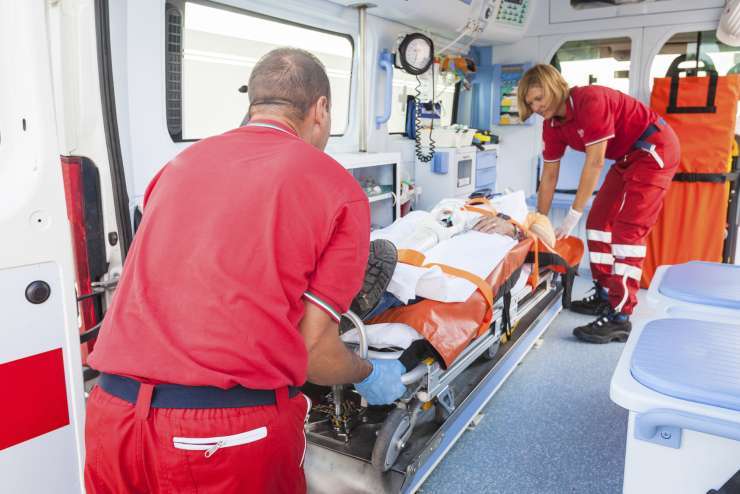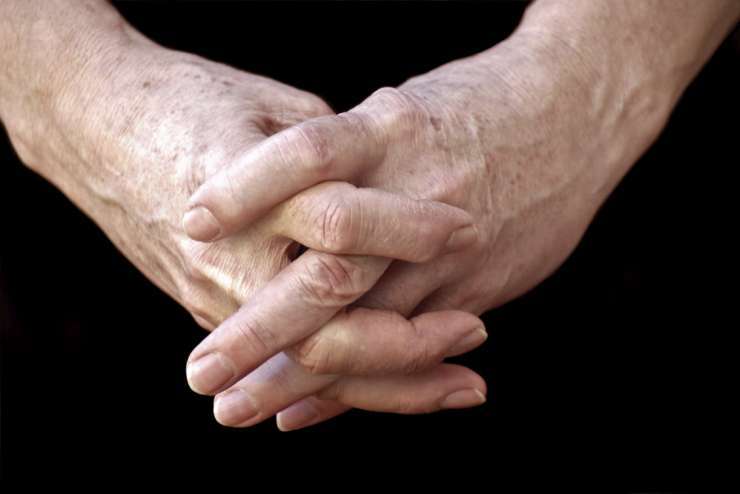The National Highway Traffic and Safety Administration (NHTSA) indicates that wearing a bicycle helmet is the single most effective way to prevent a head injury from a bicycle crash. Not all helmets are created equal, however, so simply running to the store and pulling the first one you see on the shelf is likely not going to provide you and your kids maximum protection in the event of an accident.
Here are some tips for choosing the right bicycle helmet from Consumer Reports’ Bike Helmet Buying Guide:
- Make sure the helmet fits. This means that the helmet should fit snugly and that your head should be partially compressing the foam inside the helmet. Choose a size that fits your head as tightly as possible without being uncomfortable and use sizing pads to make a perfect fit. Your straps should form a "V" underneath and slightly in front of your earlobes.
- Testing performed by Consumer Reports indicates that helmets with Multi-Directional Impact Protection System (MIPS) technology reduced rotational force by 43 percent, which may reduce the risk of concussion.
- Remember that you should replace your helmet every five years and sooner if it has been damaged. In fact, Consumer Reports recommends you replace a bike helmet if it has been involved in an accident even if does not show any signs of damage.
Bicycle Accidents Can Leave Victims with Serious Head Injuries
Unfortunately, a bicycle accident can leave you with a severe head injury whether you are wearing a helmet or not. Injuries like concussions and more severe traumatic brain injuries can still occur, and it is crucial for bicycle accident victims to get checked out by a medical professional after any crash involving head trauma. Even a mild concussion has the potential to result in debilitating symptoms that could last for weeks or months, including:
- Headaches
- Dizziness
- Sensitivity to light and sounds
- Problems Sleeping
- Memory problems
These and other symptoms have the potential to require ongoing treatment and may force victims to miss a significant amount of school or work.
When Can Bicycle Accident Victims Recover Compensation?
Under Connecticut law, people who have sustained injuries in accidents caused by the negligence of others can usually recover compensation for their losses from the at-fault party. Some examples of driver negligence that can have the potential to result in a serious bicycle accident include:
- Speeding
- Not providing bicycles with adequate room when passing
- Distracted driving
- Running stop signs or stop lights
- Not looking for oncoming bicycles before opening the driver’s side door
Call Leighton, Katz & Drapeau Today to Schedule a Free Consultation with a Connecticut Bicycle Accident Attorney
At Leighton, Katz, & Drapeau, we serve injured victims throughout the state of Connecticut and have over 30 years of experience helping individuals get the compensation they deserve. To schedule a free case evaluation with a bicycle accident lawyer in Connecticut, call our office today at 860-875-7000 or send us an email through our online contact form.




